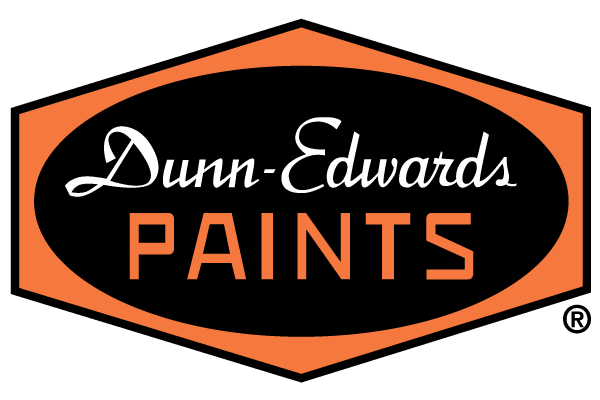The Best Time of Year to Paint Your House
Choosing the right season for house painting is vital to achieve a perfect finish. Spring and fall emerge as prime times for exterior projects due to mild temperatures, ideal humidity, and ample daylight. These conditions ensure that the paint adheres well without drying too quickly or slowly.
For interiors, thanks to home climate control, there's more leeway throughout the year with optimal results often seen in winter months when heating systems counteract cold outdoor temperatures. Reliable painters are attuned to these seasonal nuances, guaranteeing superb outcomes no matter the project's timing.
Optimal Painting Season for Quality Results
The ideal periods for exterior painting are spring and fall. Both seasons offer temperate climates with temperatures ranging from 50 to 85°F, ensuring the paint cures without haste or delay. Low humidity is key during these times; it promotes even drying, preventing an unwanted tacky finish on your home's facade.
For interior makeovers, though less dependent on external conditions due to climate control within homes, a balance of temperature between 60-77°F and modest humidity supports optimal outcomes. Choosing either late spring—when the rain subsides but before pollen surges—or early fall ensures longer daylight hours, aiding proper adherence prior to the rise of evening moisture. Conversely, winter is the preferred time for indoor projects, given potential cost savings alongside proficient heating systems that maintain consistent warmth despite chilling outdoor air.
Preparing ahead can lead not only into accessibility gains amongst expert house painters, but also possibly more attractive pricing brackets outside peak season demand peaks.
Weather Impact on Exterior Paint Durability
Ultraviolet rays severely impact the durability of exterior paint. Dark shades absorb more sunlight, making them prone to fading and chalking—a powdery residue that dulls color quickly when washed away by rain. Continuous sun exposure can make paint brittle, causing cracks and flakes, which diminish its protective qualities.
Moisture is another culprit; trapped under the surface during humid conditions or application on damp surfaces leads to blistering—bubbles forming in the paint. Prolonged moisture causes peeling while fostering mold and mildew growth, posing health risks alongside aesthetic damage. Temperature fluctuations provoke thermal expansion in materials beneath painted surfaces, resulting in cracking or bubbling as trapped air expands due to sudden heat increases—this weakens adhesion, leading paints to flake off when cooling down again.
The wind carries dust that erodes exteriors gradually, like sandpaper against a smooth finish, while wind-driven debris scratches can provide entry points for moisture build-up underneath this exterior protection layer, encouraging further wear over time. High-quality durable paints are essential considerations here. Adequate preparation steps, such as thorough cleaning, complete drying, and applying robust primers, are critical defensive strategies safeguarding one's home from weather-induced degradation.
Scheduling Indoor Painting During Off-Peak Seasons
In off-peak seasons, homeowners find indoor painting economically advantageous as professional painters often offer reduced rates. Winter's brisk conditions allow the paint to dry faster compared to summer's humidity, preventing moisture entrapment. Low-to-zero VOC paints are ideal for sealed homes, ensuring better indoor air quality.
A polished interior brightens winter moods and primes properties for spring sales. Scheduling during cooler months offers flexibility, lower costs, and optimal results, making it the perfect time for a stress-free home makeover.
Related Content






